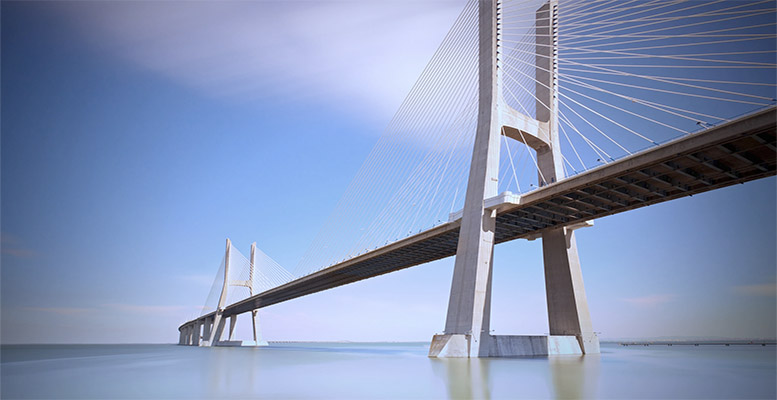Nick Ottens (Atlantic Sentinel) | The United States Senate is expected to pass a $1 trillion infrastructure bill this week with funding for everything from broadband Internet to road safety.
The bill, which is believed to have the support of enough Republicans to overcome a forty-senator filibuster, falls short of the $2 trillion President Joe Biden had proposed to spend on (green) infrastructure over four years.
The compromise bill has $550 billion in new spending. The rest consists of existing infrastructure funds which are either being diverted or renewed.
Unlike Biden’s $2 trillion proposal, which would have been funded by corporate tax increases, the compromise version draws money from various sources, including around $200 billion left over from COVID-19 relief programs.
What’s in the bill
- $110 billion for bridges and roads.
- $66 billion for rail.
- $65 billion to provide broadband Internet to all Americans.
- $55 billion to modernize water infrastructure, including replacing all lead pipes.
- $46 billion to mitigate damage caused by droughts, floods and wildfires.
- $42 billion for air- and seaports.
- $39 billion for public transit.
- $28 billion to upgrade electric power grids, including $3 billion for smart grids.
This could create some 26,000 jobs.
- $21 billion for environmental restoration, including cleaning up abandoned mines, brownfield sites and orphaned gas wells.
The money for gas wells alone should be enough to clean up nearly 250,000 wells and create 10,000 jobs.
- $11 billion for road safety.
- $8 billion in investment tax credits for clean energy manufacturers.
This could create an additional 36,000 jobs.
- $7.5 billion to build 500,000 electrical vehicle chargers around the country by 2030.
- $7.5 billion to electrify buses and ferries.
- $1 billion to reconnect neighborhoods separated by highways.
Why it’s needed
America’s infrastructure is neither great nor terrible. The World Economic Forum ranks its thirteenth in the world, after the likes of France, Germany and Japan. Most European countries spend around 5 percent of their GDPs on infrastructure; the United States 2.3 percent. The American Society of Civil Engineers gives the country’s infrastructure a C- overall.
- 20 percent of public road is in poor condition, and another 23 percent ranks as mediocre, costing motorists $130 billion per year on higher operating costs and vehicle repairs.
- Of the 617,000 bridges in America, 46,000 (7.5 percent) are structurally deficient, down from 125,000 in 1992.
- Passenger rail in the United States is perennially loss-making, but that has more to do with non-financial factors, such as long distances making trains less competitive with planes and America putting more freight on rail than Europe, which moves more goods by riverboat and truck.
- 77 percent of Americans say they have broadband, but the average Internet speed in 65 percent of counties does not meet the federal government’s definition of broadband. One in five school-age children don’t have access to high-speed Internet.
- A water main break every two minutes in America, causing 6 billion gallons of water to be wasted every day. But it used to be worse: overall water use has decreased in recent years despite population growth. 15 to 22 million Americans still cook with and drink tap water that enters their homes through toxic lead pipes.
- More extreme weather events will put additional stress on infrastructure. By 2040, an extra $19 billion is projected to be needed just to repair pavements.
- Electrifying transportation will put more stress on America’s decentralized and in many places aging power grid. Most of America’s 2.7 million miles of power lines are above ground, where they are vulnerable to extreme weather. In February, 4.5 million homes and businesses in Texas lost electricity during a blizzard.
- 40,000 Americans were killed in traffic in 2018, or fourteen for every 100,000 motor vehicles. That puts the United States behind Canada, Japan, South Korea and almost all European countries in terms of road safety, but ahead of the rest of the world.





